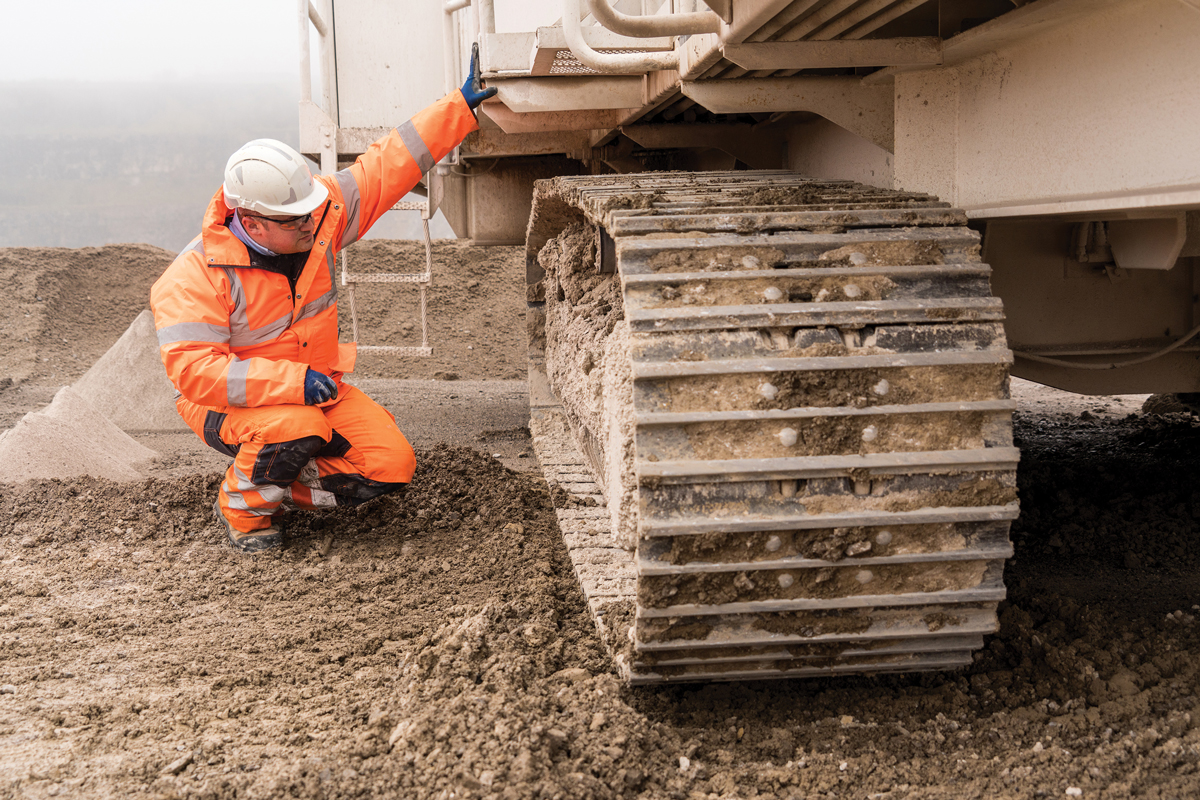Assessing Risks Leads to Continual Improvement

We are all faced with the daily challenges of making sure that we deliver the best results for our companies, teams, customers, communities and for ourselves. In my last column I reflected on competence and its importance for delivering an efficient, safe and healthy industry.
We all know that the ‘day job’ can throw up a whole raft of issues, some expected and occasionally some not. Having worked in the industry for many years, I know there are certain principles, processes and tools that have supported me in dealing with whatever is thrown at me.
One area that I think we have to ensure we don’t take for granted is risk assessment. It is a phrase we all have heard or said many times, ‘have you completed a risk assessment?’ In almost all cases the answer will probably be ‘yes’. What we also know is that often, where we see incidences occur on our sites, following an investigation, the risk assessment is not as comprehensive as it could or should have been.
Risk assessment forms the very basis of good health and safety practice across many areas of the industry. Arguably, it is the key tool we employ to support us in our aim to deliver on a safer workplace for us all.
Risk assessment forms part of our natural development as humans. From a very young age, we are educated in the basics of identifying what hazards are around us and what we have to do in mitigating their potential effect, be it crossing the road or lighting a fire.
Our industry is one that can throw up a range of risks in what can be fast-changing environments. Much has been done to try to create consistent approaches to managing risk assessment. You will all undoubtedly be familiar with the risk assessment forms and processes for your own organizations, along with your training and education in health and safety.
As the industry evolves and we see changes in technology, digitalization and operational practices, it is critical that we revisit our risk assessments to ensure they are current, relevant and meet the need of our operations today.
There are many sources of information for supporting effective risk assessment that we can access, both within our organizations and across the wider sector.
The guidance produced by QNJAC covering ‘Leading Indicators of Occupational Safety & Health for the UK Quarrying Industry’ provides a great supplement to the value of risk assessment. It reminds us that good risk assessment can and should be a proactive part of our suite of leading indicators, establishing good practice in identifying and removing or mitigating hazards.
It also highlights another key part particularly relevant to our sector through ‘dynamic risk assessment’. Allied to this, it is important to recognize and encourage the need for individual and collective situational awareness to manage and control the risks that a dynamic workplace presents.
We rightly expect our organizations to ensure that we are safe at work as part of their legal obligations. We, as employees, also have a legal obligation to follow the safety procedures agreed and put in place by our organizations. As members of the Institute of Quarrying, we can do this by showing leadership through empowering and encouraging our colleagues to employ their knowledge and skills to continually assess their situations, keeping themselves and others safe.


